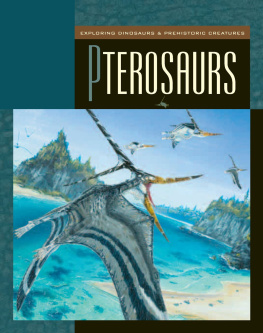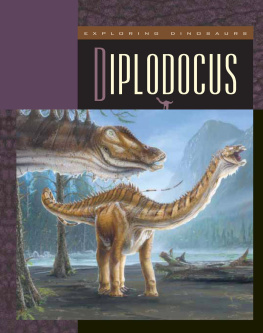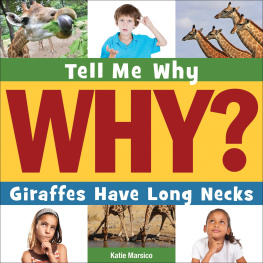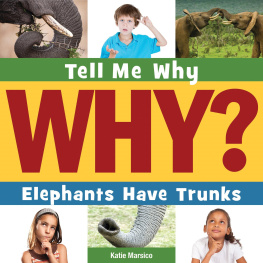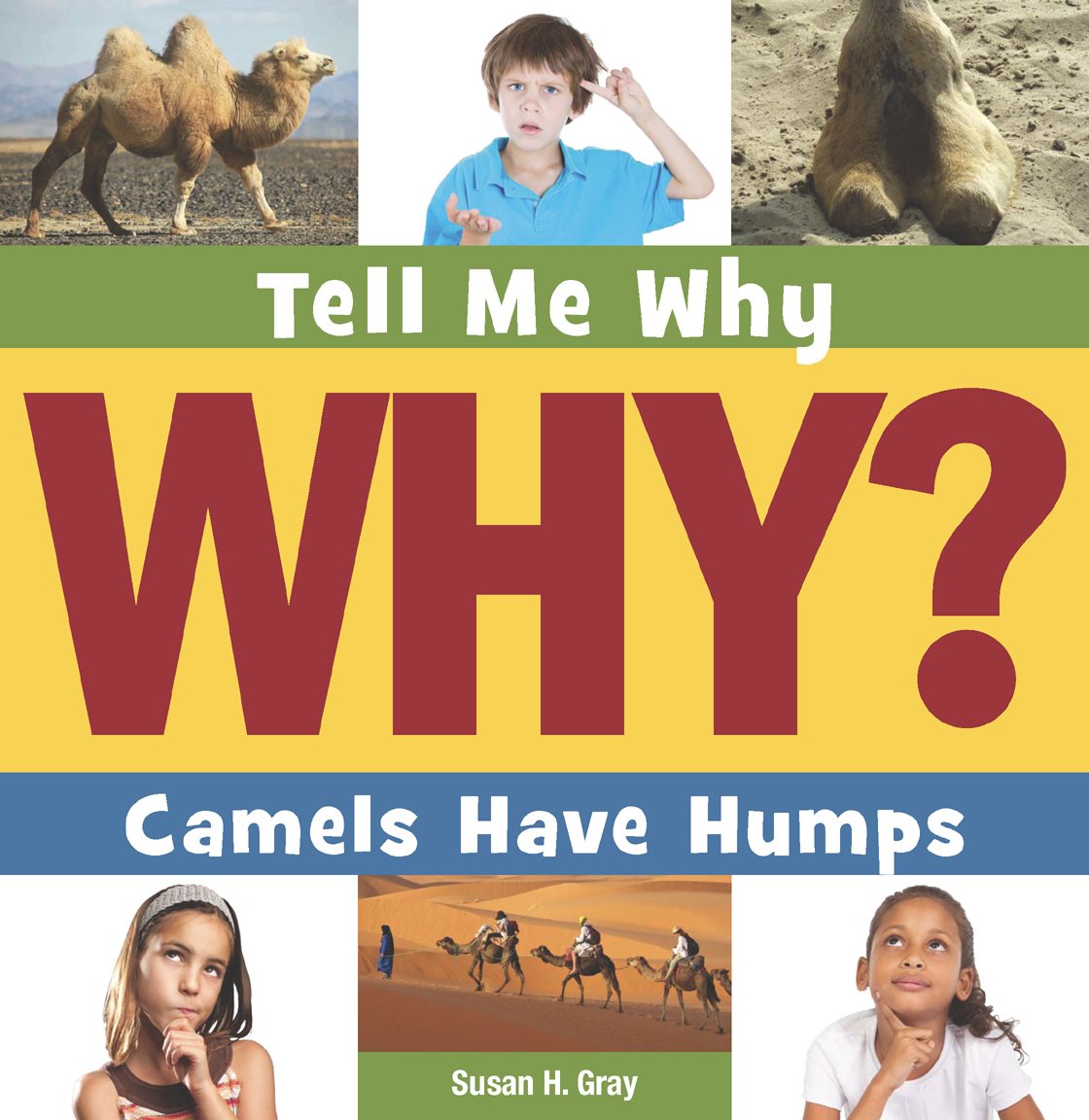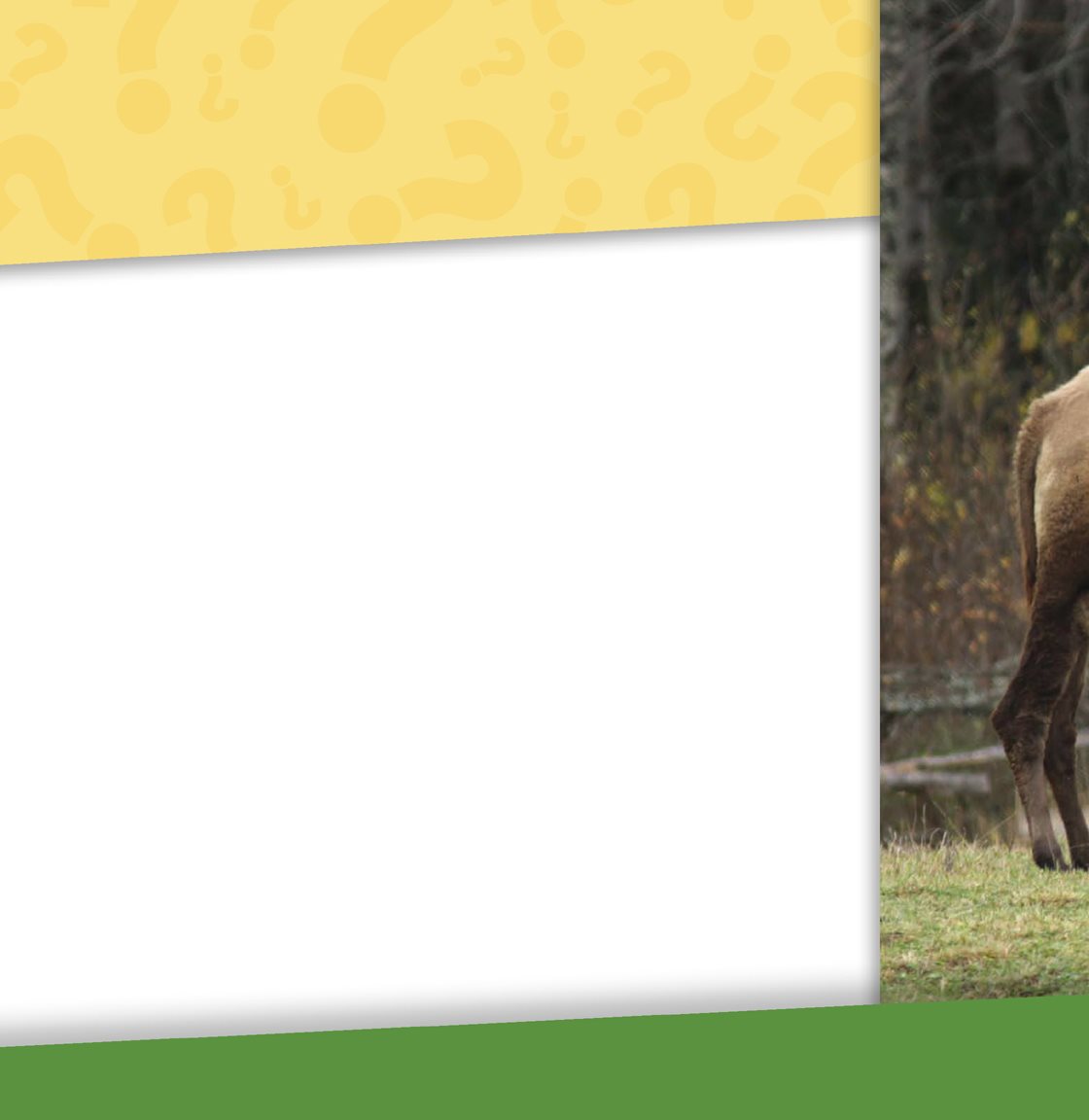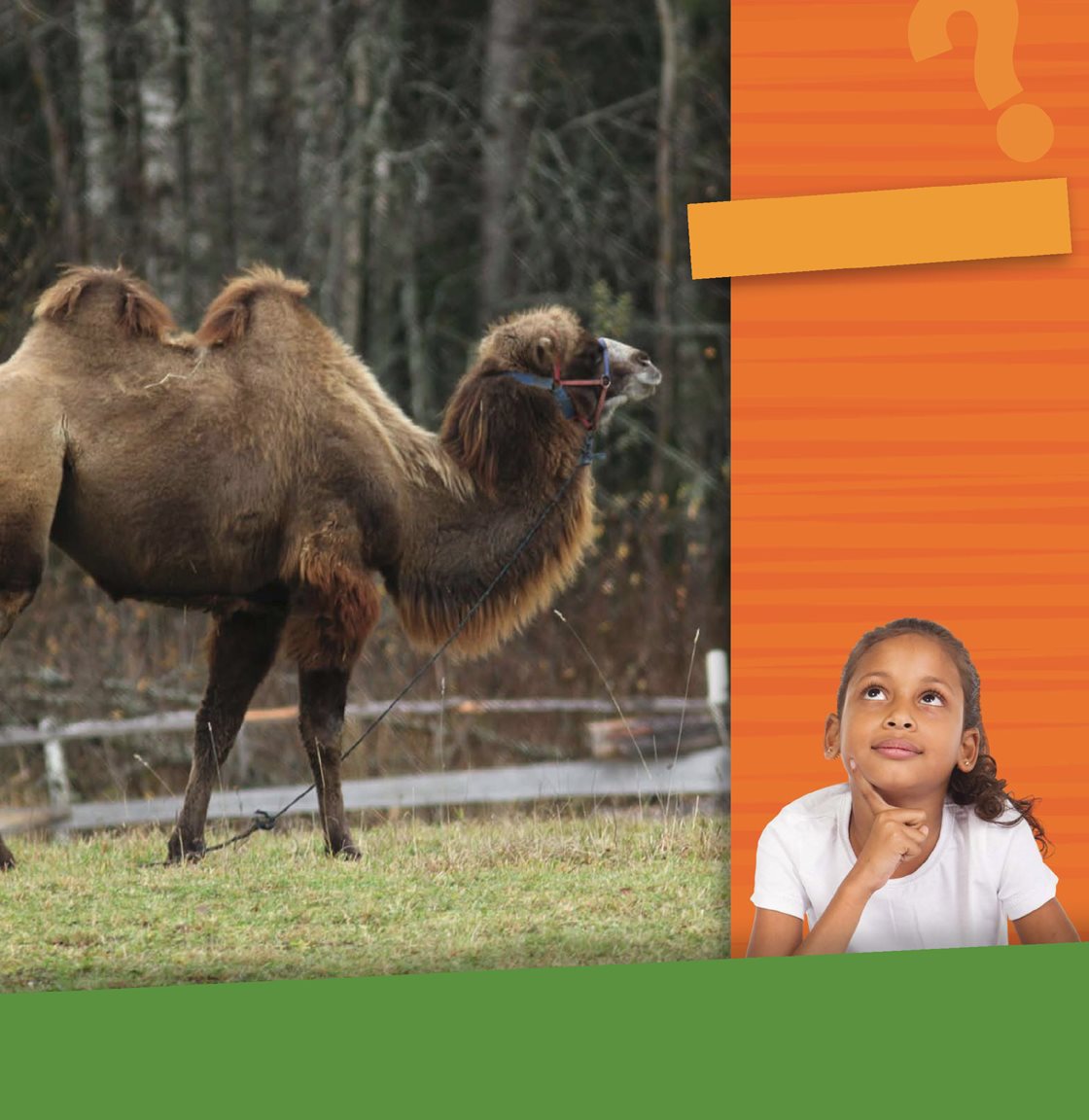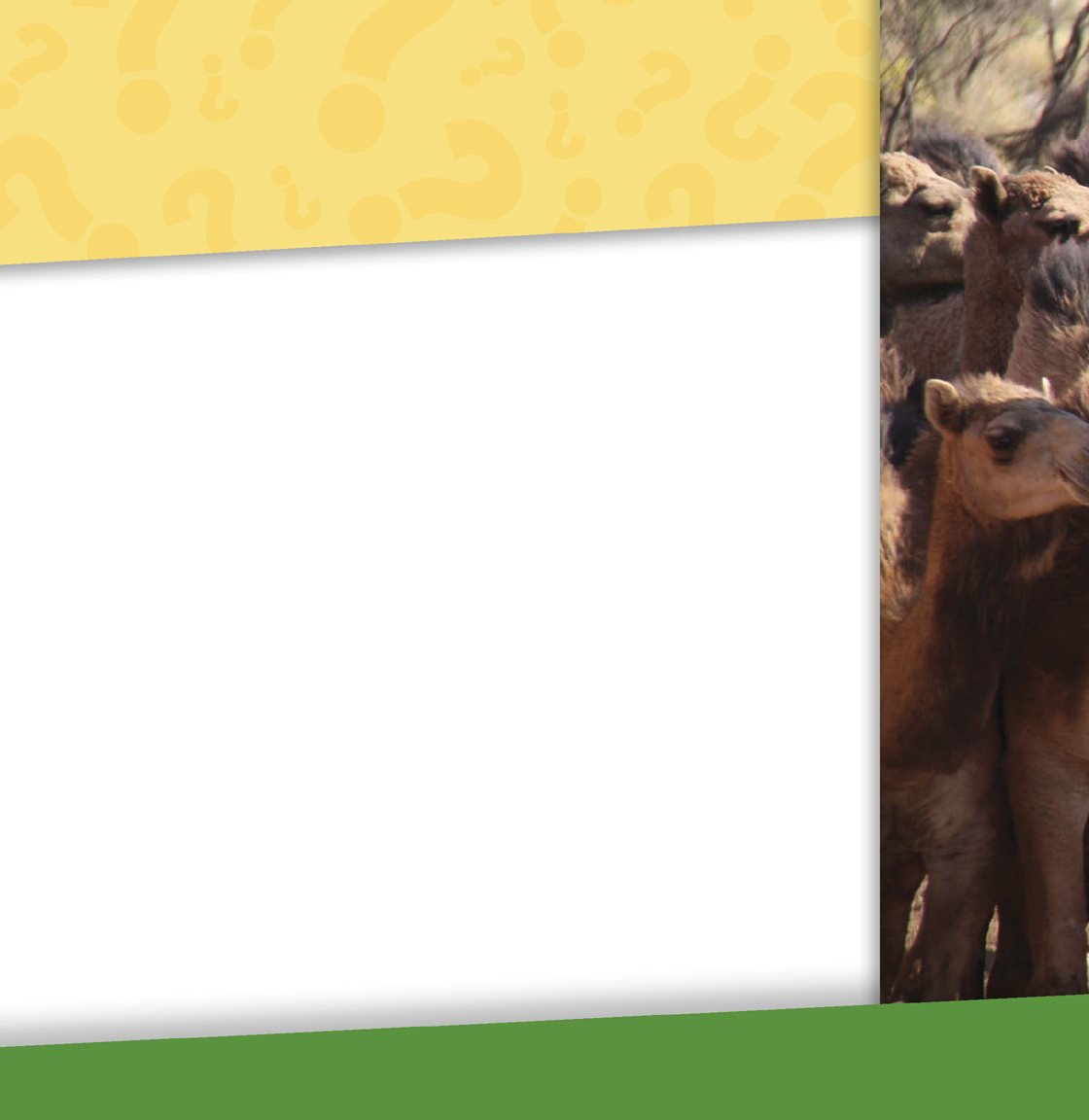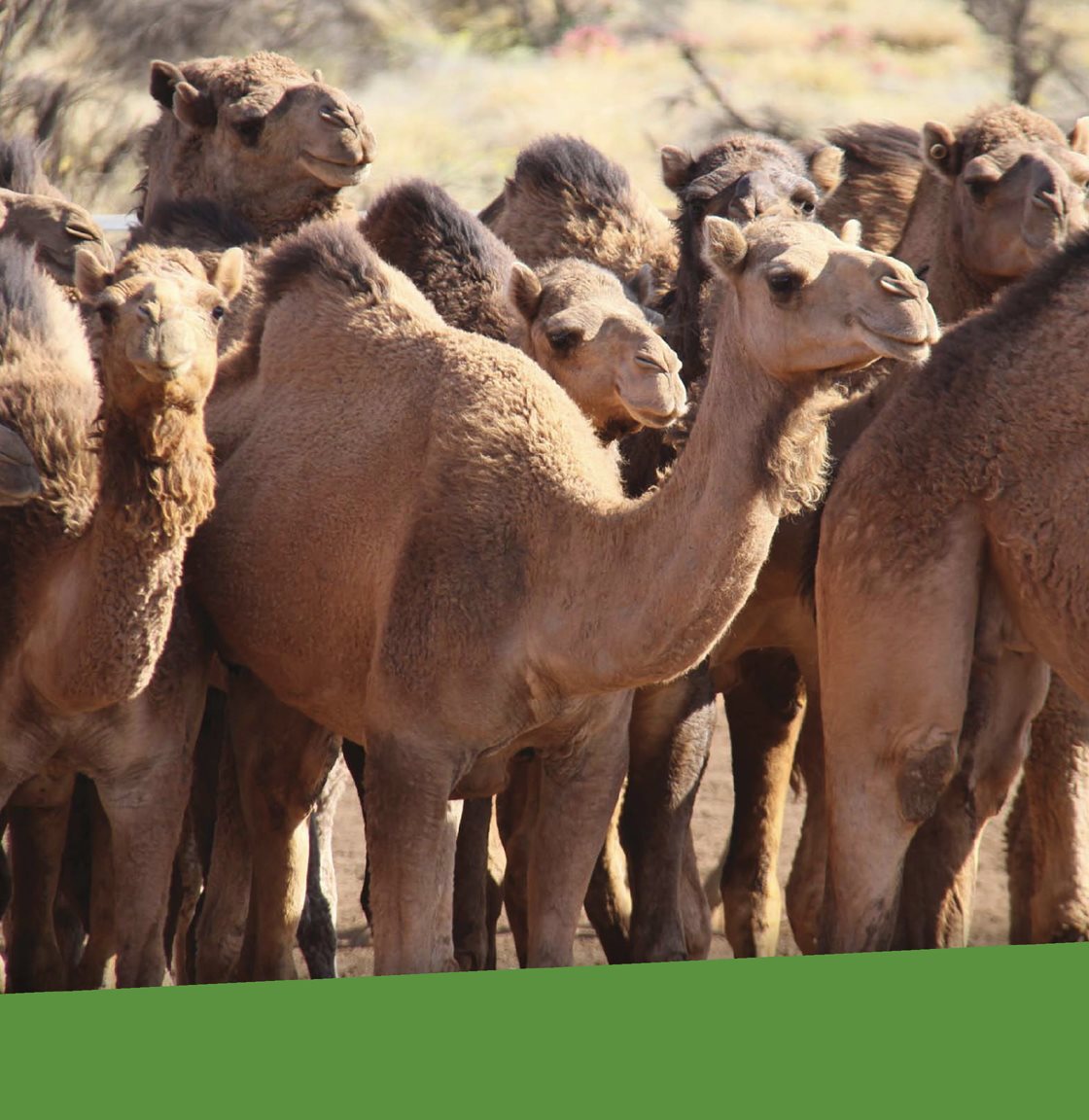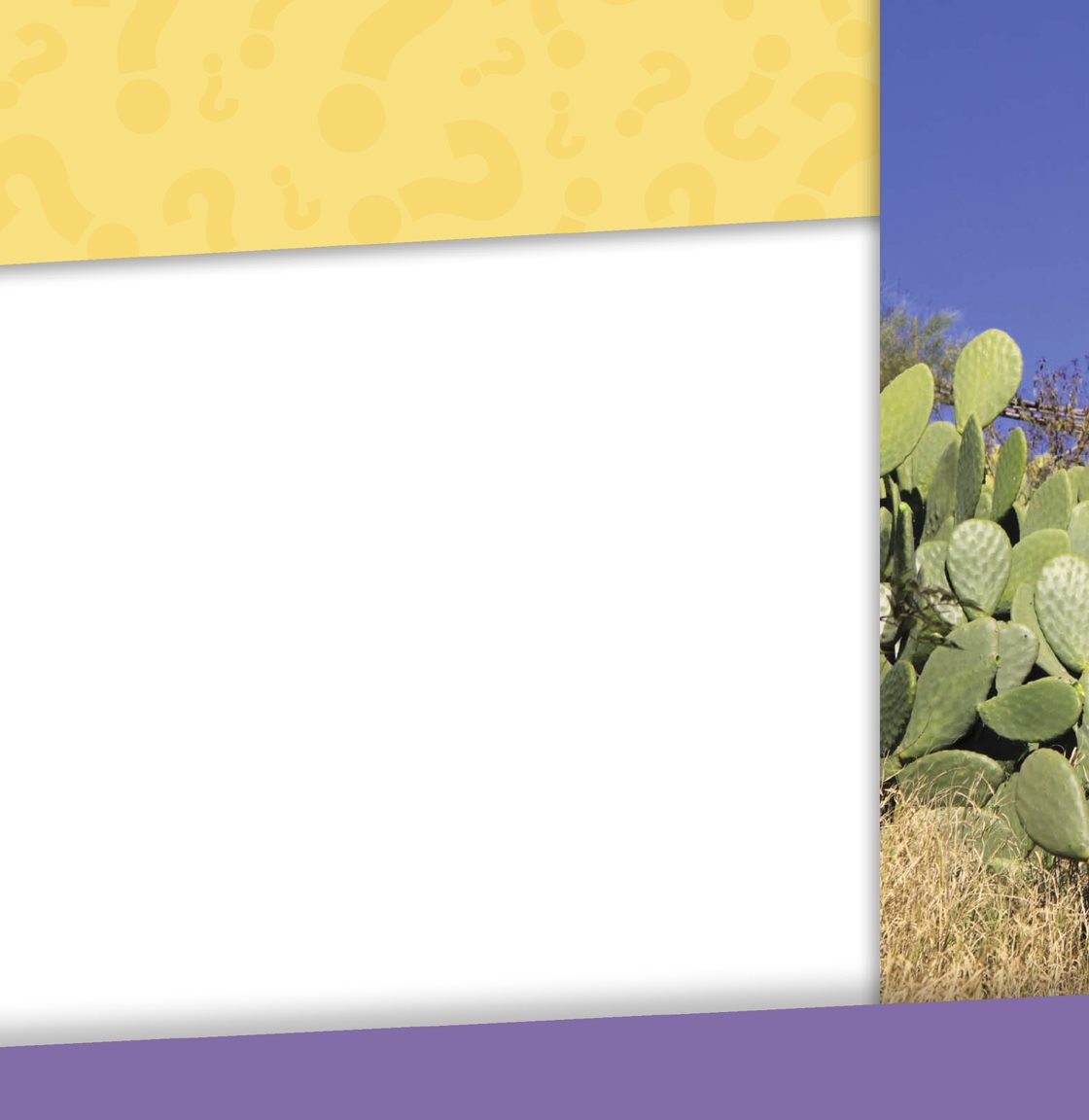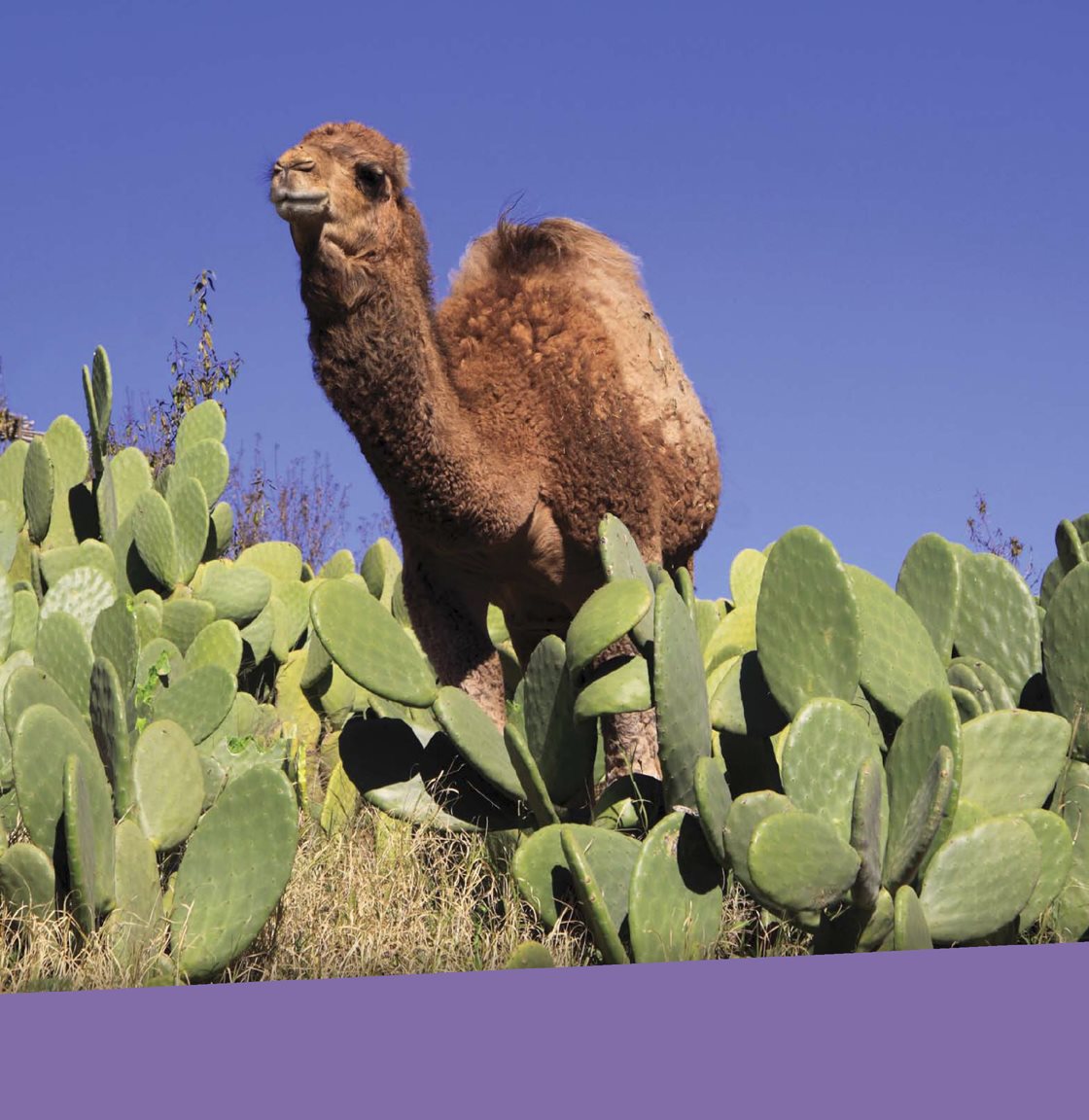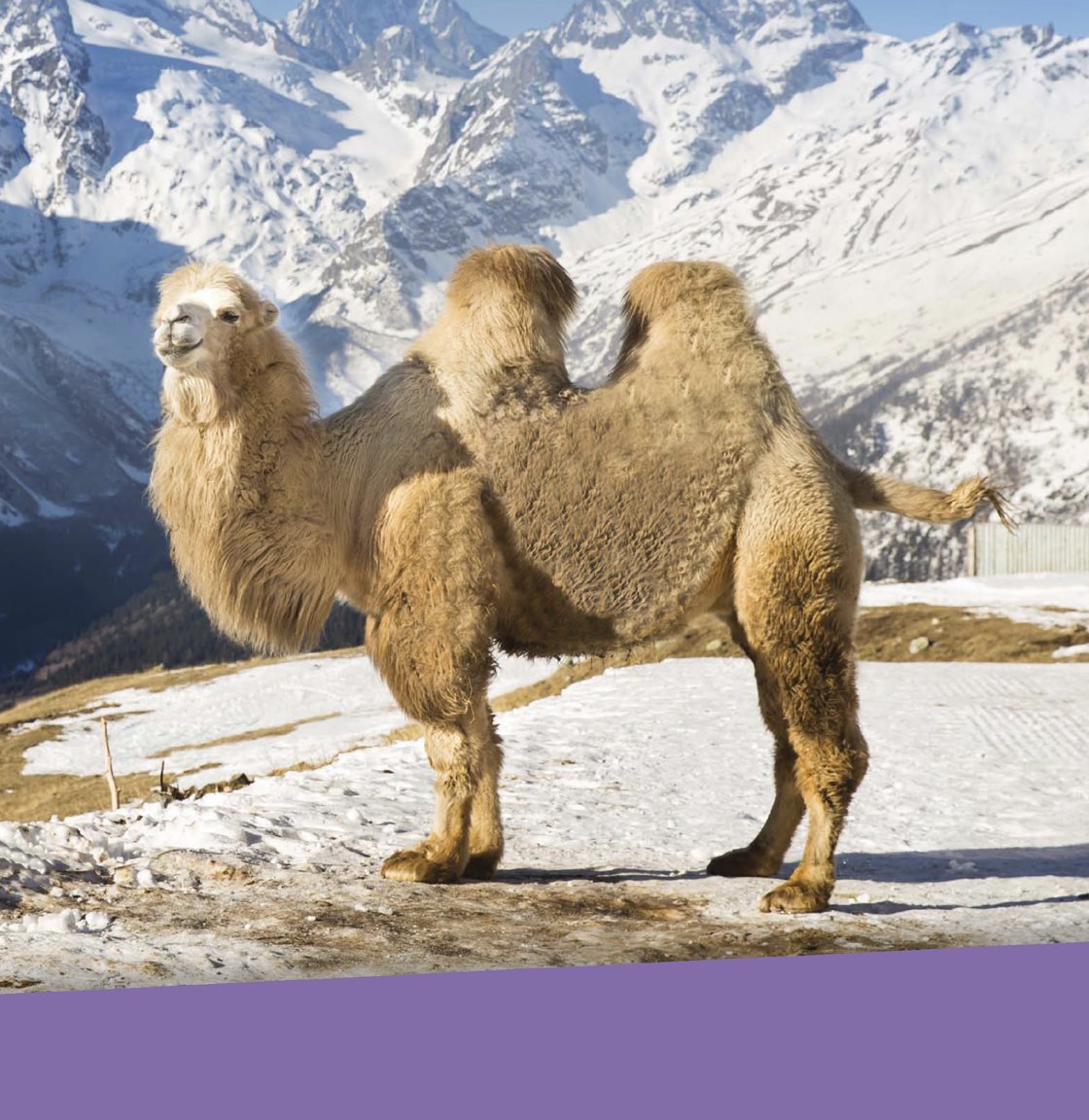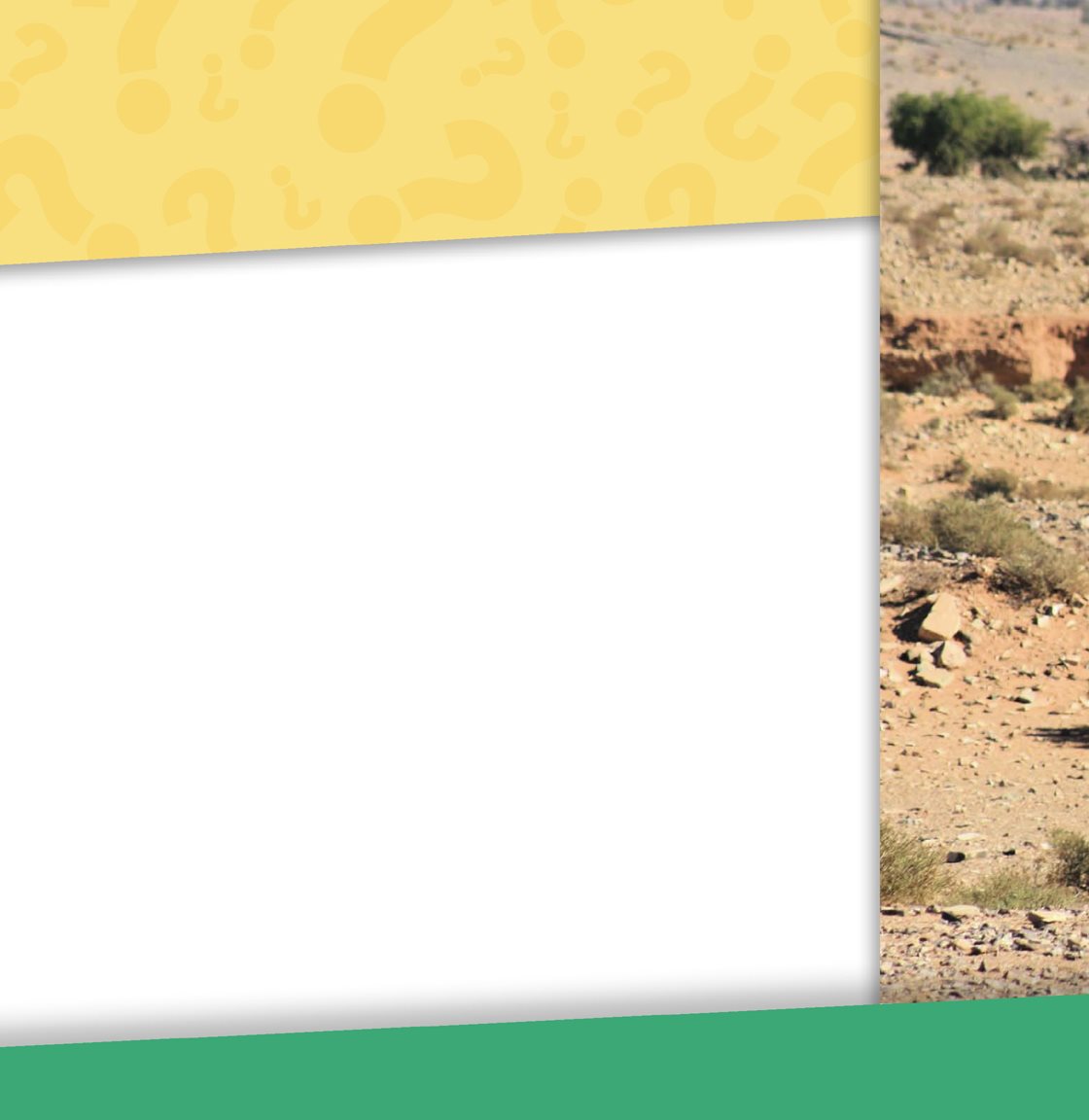Table of Contents
Guide
Published in the United States of America by Cherry Lake Publishing
Ann Arbor, Michigan
www.cherrylakepublishing.com
Content Adviser: : Dr. Stephen S. Ditchkoff, Professor of Wildlife Sciences,
Auburn University, Auburn, Alabama
Reading Adviser: Marla Conn, ReadAbility, Inc.
Photo Credits: PathDoc/Shutterstock Images, cover, 1, 15; xavier gallego morell/Shutterstock Images,
cover, 1, 9; michaeljung/Shutterstock Images, cover, 1, 5, back cover; aleksandr hunta, Shutterstock
Images. cover, 1, 21; Fred Hendriks/Shutterstock Images, cover, 1, 17; kyu/Shutterstock Images,
cover, 1, 9; Kichigin/Shutterstock Images, 5; lloyd thornton/Shutterstock Images, 7; John Copland/
Shutterstock Images, 11; mariakraynova/Shutterstock Images, 13; Sindre E/Shutterstock Images, 15;
Konstantnin/Shutterstock Images, 17
Copyright 2015 by Cherry Lake Publishing
All rights reserved. No part of this book may be reproduced or utilized in
any form or by any means without written permission from the publisher.
Library of Congress Cataloging-in-Publication Data
Gray, Susan Heinrichs, author.
Camels have humps/ by Susan H. Gray.
pages cm. -- (Tell me why)
Summary: Offers answers to their most compelling questions about this
desert-dwelling animal that stores fat in their humps. Age-appropriate
explanations and appealing photos. Additional text features help students
locate information and learn new words-- Provided by publisher.
Audience: Grade K to 3.
Includes bibliographical references and index.
ISBN 978-1-63188-001-8 (hardcover) -- ISBN 978-1-63188-044-5 (pbk.) -
ISBN 978-1-63188-087-2 (pdf) -- ISBN 978-1-63188-130-5 (ebook) 1.
Camels--Juvenile literature. 2. Humps (Anatomy)--Juvenile literature. 3.
Childrens questions and answers. I. Title.
QL737.U54G69 2015
599.6362--dc23
ISBN-13 978-1-68444-462-5 (ebook)
2014005725
Cherry Lake Publishing would like to acknowledge the work of The Partnership for 21st Century Skills.
Please visit www.p21.org for more information.
Printed in the United States of America
Corporate Graphics Inc.
Synchred Read-Along Version by:
Triangle Interactive LLC
PO Box 573
Prior Lake, MN 55372
Table of Contents
Sarahs Questions
Sarah couldnt believe her eyes. Her class
was on a school trip to a nearby farm. She
knew there would be sheep and cows. She
was sure shed see chickens and goats. But
a camel?
Farmers Matt and Julie showed the
students around. They explained how things
worked at the farm. Julie talked about
keeping the animals healthy.
Look!
What features
does this camel
have that help
it survive in a
cold area?
Some camels have two humps and some have one hump.
Then they came to the camel pen.
Sarahs classmates were full of questions.
Why does the farm have a camel? What
does a camel eat? Does it get along with
the other animals?
Sarah waited patiently. Finally, she got
to ask her question. Why does the camel
have those humps? Julie smiled at Sarahs
question. People asked that all the time.
Julie said that she could answer Sarah. But
first she would talk about the camels
natural habitat.
In their natural environment camels sometimes live in groups.
Dry Lands
Camels are mammals . They have lived
in the desert for thousands of years. Deserts
are very dry areas. The weather may be hot
or cold, but it almost never rains. In cold
deserts, snow, sleet, and hail are rare.
When it does rain, the showers do not last
long. Puddles, ponds, and little streams might
form. But they dry up quickly.
Some deserts are dry and sandy. They may
be flat or covered with dunes . Such deserts
exist in Arabia and northern Africa.
MAKE A GUESS!
What if a desert
received no
moisture at all?
Could plants or
animals survive
there?
Camels can be used for transportation.
Other deserts have rocky ground. They
might also be covered with poor soil or
small gravel.
Only the toughest plants can grow in the
desert. They must be able to survive on very
little water. Such plants are built for this
hard life. They may not grow very large. Or
they might have a waxy skin that reduces
water loss to the air.
Camels and cacti can live in the dry desert climate.
Desert animals are also quite hardy. They
manage with barely any water. They may
have to eat short, scrubby plants. In the
Sahara Desert of Africa, they face burning
hot days. In the Gobi Desert of Asia, they
deal with freezing cold winds. Camels
survive just fine in these arid lands.
Some camels live in very cold deserts.
Built to Survive
The camel is built for life in a desert.
Its nose, eyes, lips, and toes are made to
deal with this harsh environment. Its
hump also helps it survive.
A camel has two large nostrils. When
the desert air is calm, the nostrils open
wide and the camel breathes freely. But


